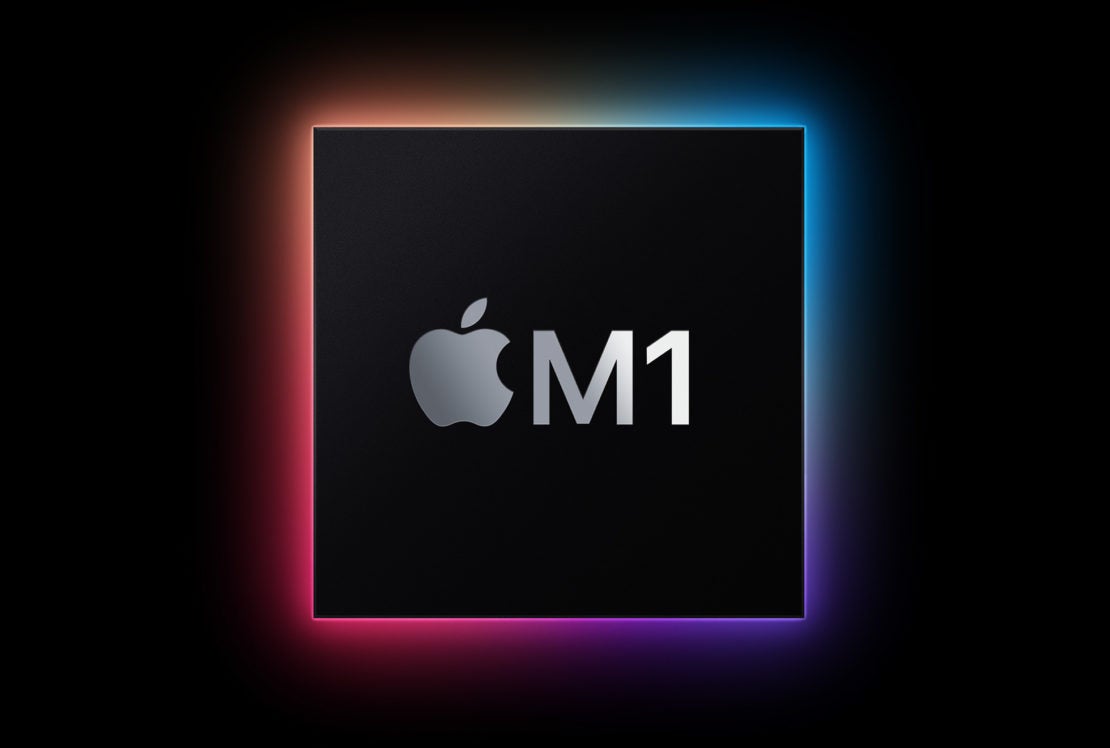
This is just a quick update to let you know that we’ve released another preview of Docker Desktop for Apple M1 chips, which you can download from our Docker Apple M1 Tech Preview page. The most exciting change in this version is that Kubernetes now works.
First, a big thank you to everyone who tried out the previous preview and gave us feedback. We’re really excited to see how much enthusiasm there is for this, and also really grateful to you for reporting what doesn’t yet work and what your highest priorities are for quick fixes. In this post, we want to update you on what we’ve done and what we’re still working on.
Some of the biggest things we’ve been doing since the New Year are not immediately visible but are an essential part of eventually turning this into a supported product. The previous preview was built on a developer’s laptop from a private branch. Now all of the code is fully integrated into our main development branch. We’ve extended our CI suite to add several M1 machines, and we’ve extended our CI code to build and test Docker Desktop itself and all our dependencies for both architectures in parallel. With the whole pipeline now automated, from now on we will be able to issue new previews on a more regular basis and have more confidence that our changes have not broken anything.
As for feature changes and bug fixes since the last preview, here are some of the highlights:
- Kubernetes now works (although you might need to reset the cluster in our Troubleshoot menu one time to regenerate the certificates).
- The host.docker.internal and vm.docker.internal DNS entries now resolve.
- We removed hard-coded IP addresses: it now dynamically discovers the IP allocated by macOS.
- osxfs file sharing now works.
- We made a configuration change that should improve disk performance.
- The Restart option in the Docker menu works.
The last major thing that we’re still working on is:
- HTTP proxy support. At the moment the HTTP proxy configured on the host is ignored.
Finally, we are aware of the following items which are unfortunately out of our control. Here are our best recommendations for now:
- Some corporate security or VPN software blocks the connection between the host and the VM, or the VM and the outside world. This can happen even if it doesn’t happen on Intel Macs because we had to switch to a new connection method with Apple’s new virtualization framework. There are some possible workarounds posted by users on our github issue, https://github.com/docker/for-mac/issues/5208.
- If you are trying to run Intel-based containers on an M1 machine, they can sometimes crash. We are using a piece of software called qemu to emulate Intel chips on M1 but it occasionally fails to run the container. Where possible we recommend sticking to arm64 containers on M1 machines; they will also be faster.
If you have an M1 Mac, then we invite you to download this new build and try it out. (Just bear in mind that it’s still a preview, so expect some rough edges.) If you encounter any bugs, please let us know on our GitHub repo. If you filed a bug against the previous preview, now would be a good time to retest it and let us know either that it’s now fixed or that it isn’t. You can chat with other users on the #docker-desktop-mac channel on our community Slack. And finally, if you’re the sort of user who wants to be the first to try out early versions of our software (not just M1) we invite you to join our Developer Preview Program.
